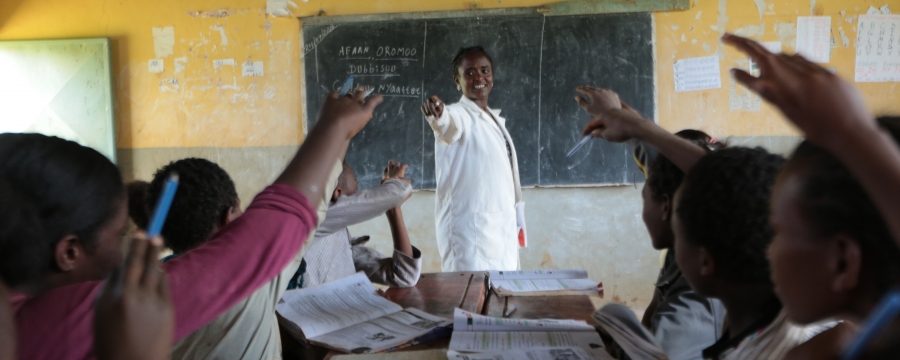
Education in Ethiopia was dominated by the Ethiopian Orthodox Church for many centuries until secular education was adopted in the early 1900s. Prior to 1974, Ethiopia had an estimated illiteracy rate below 50% and compared poorly with the rest of Africa in the provision of schools and universities. After the Ethiopian Revolution, emphasis was placed on increasing literacy in rural areas. Practical subjects were stressed, as was the teaching of socialism. By 2015, the literacy rate had increased to 49.1%, still poor compared to most of the rest of Africa
Ethiopia maintains two educational systems. The traditional system is rooted in Christianity and Islam. Christian education at the primary level is often conducted by clergy in the vicinity of places of worship. Higher education, with emphasis on traditional Christian dogma, is still run by most major centres of worship, the most prominent being monasteries in the northern and northwestern parts of the country. Graduation from these centres leads to a position within the priesthood and church hierarchy. Modern education was an innovation of the emperors Menilek II (reigned 1889 to 1913) and Haile Selassie I (1930 to 74), who established an excellent, though limited, system of primary and secondary education. In addition, colleges of liberal arts, technology, public health, building, law, social work, business, agriculture, and theology were opened in the 1950s and 60s. Public education is free at primary, secondary, and tertiary levels. Primary education is offered for eight years and is compulsory between ages 7 and 12. Four years of secondary education, comprising two two-year cycles, follow. Primary schools are generally accessible, and there is a high rate of enrollment; in contrast, there is a shortage of secondary schools, and enrollment declines at that level. The public school system in general has deteriorated from lack of adequate funding, teaching staff, facilities, and space. Overcrowding is common. The countrys oldest university, Addis Ababa University, was founded in 1950 as University College of Addis Ababa. In 1961 it was restructured and renamed Haile Selassie I University, and in 1975 it adopted its present name. Other universities in Ethiopia include Alemaya University in Dire Dawa, Debub University in Awassa, and universities in Jimma, Mekele, and Bahir Dar.

